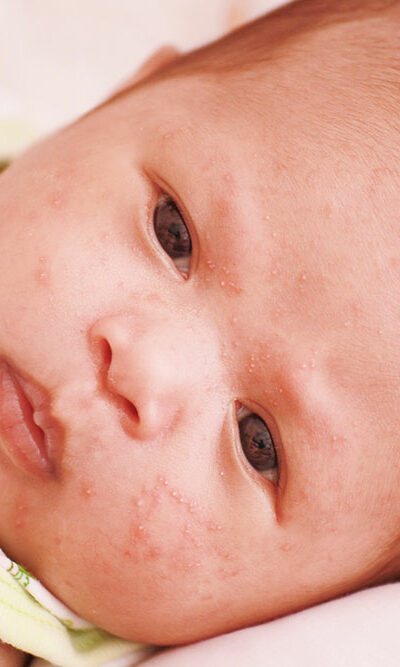
8 first-line treatments for atopic dermatitis in infants
In dermatology, atopic dermatitis is a unique and uncommon condition emerging due to exposure to ionizing radiation. This specialized skin disorder presents a distinct set of challenges for those who experience it. This article explores atopic dermatitis from a third-person perspective, delving into its origins, symptoms, and treatment modalities. This article also sheds light on the intricacies of a condition that arises from the intersection of dermatology and radiation exposure. Some facts about atopic dermatitis in children Atopic dermatitis is a life-long (chronic) skin disorder common in infants and children. A child with a history of allergies or family members having atopic dermatitis has a higher chance of having atopic dermatitis. Itching, dryness, and redness are common symptoms. The treatment goals are to ease inflammation and itching of the skin, increase moisture, and prevent infection. Staying away from triggers is essential to manage the condition. The condition gradually improves or begins to disappear as a child gets older. Topical creams are usually the first line of treatment for children. Treatment options The management of atopic dermatitis is multifaceted, aiming to relieve symptoms, promote healing, and prevent complications. Treatment plans are tailored to the individual’s condition and may include the following approaches. Wound care and hydration Gentle cleansing of affected areas with mild, non-irritating cleansers is advised. Also, the doctor may suggest the application of emollients and moisturizers to alleviate dryness and itching. It is also recommended to use sterile dressings to prevent any possible infections in children. Topical solutions Doctors may prescribe treatments that may help with reducing inflammation and itching. Some ointments can be used in case any signs of infection are noticed. Always check with the doctor how often these treatments can be used and the quantity to ensure no side effects. Avoiding irritants Patients must avoid exposure to ionizing radiation and other potential irritants, including harsh soaps, detergents, and abrasive clothing, which can trigger reactions and flare-ups.
